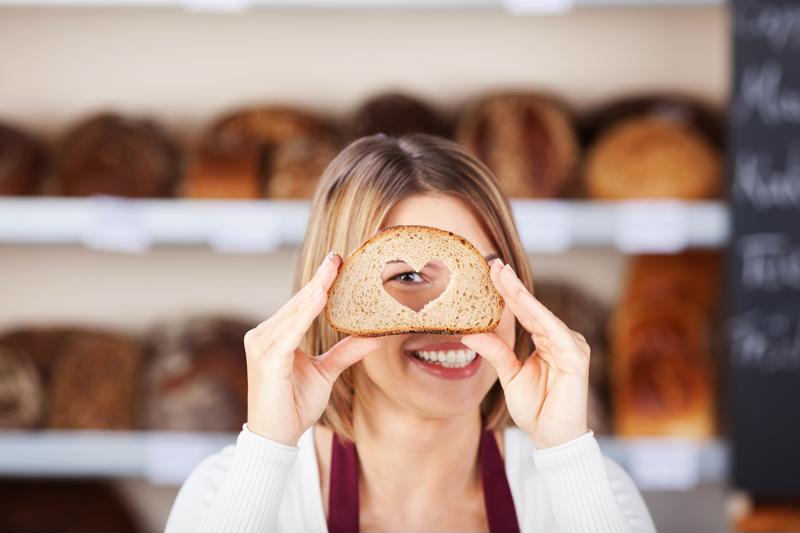According to Puratos, there are nine core baking trends: taste, health, freshness, craft, ethical lifestyle, transparency, ultimate convenience, next level experience and hyperpersonal. The “baked goods triangle” is made up of the the first three: taste, health and freshness.
When assessing the overall quality of a pastry, these are the three most immediate attributes that customers pay attention to – whether or not they realize it. Online pastry students have good reason to be mindful of all of the core baking trends, but they should be especially attentive to the baked-goods triangle as they hone their culinary craft.
Taste
Taste is one of the three core components of flavor, alongside aroma and mouthfeel. Learn more about the 72 core components of flavor on the Escoffier Flavor Wheel.
The important thing to understand about taste is that, to some extent, it’s subjective. Different palates will favor some flavors and textures over others, and it won’t always be clear what types of tastes are trending as you set out to develop pastry ideas that you think will be hits among your customers. For example, there’s dissonance between trends in what Americans crave in taste. Puratos’ survey found that 78% of North Americans prefer “traditional” tastes. But at the same, 56% also said that they want “exotic” tastes. The two concepts are seemingly at odds, but they don’t necessary have to be.
As we noted in a previous blog post, incorporating passion fruit puree into a cheesecake or a chocolate mousse are examples of introducing new and interesting flavor combinations to classic desserts. With this in mind, culinary students shouldn’t necessarily feel constrained to consumer taste trends. It’s always good to be creative and go outside of the box – and there are few things as timeless as a really tasty baked goods. But for the purposes of menu development and understanding what’s trendy in the market, it’s worth paying attention to taste trends. Also, use texture wisely. A well-laced crisp or crunch can add depth and dimension that makes a good taste, great.
 Healthy ingredients are a growing priority among consumers.
Healthy ingredients are a growing priority among consumers.Health
Consumers are more health-conscious than perhaps ever before. They crave natural, unprocessed ingredients – in fact, processed cheeses appear to be reaching a twilight of sorts. What does this mean for pastry students and bakers at large?
For one, it signifies the importance of focusing on whole ingredients in baked goods. Pastry chefs also need to be more mindful of the health-to-taste ratio, which is easier said than done. However, fruit purees, nuts, seeds and cocoa can help improve the overall health of pastries while complementing many of the ingredients that aren’t as good for you (butter, sugar, etc.). Many chefs may also feel encouraged to start experimenting with healthier ingredients – a mousse made from avocado and cacao, tahini-based desserts and other unconventional treats that give their due respect to taste while also being mindful of health.
Freshness
Last but not least, there’s freshness. According to Puratos, freshness is determined by five factors: “when it’s baked or prepared, its appearance, smell, expiration date and crunchiness.” All of these factors clearly have a significant impact on the overall experience of enjoying a pastry.
For example, appearance and smell are obvious factors. A soggy cannoli or a dried-out croissant just doesn’t taste as good. The strong smell of fresh baked-goods, meanwhile, can be a huge allure at a restaurant and really add to the ambiance. Scent marketing is a real practice. One gas station was able to boost sales by 300% using the smell of fresh coffee, according to Shopify. Less time between the date something was made and its expiration, meanwhile, provide proof of freshness, and imply the use of natural ingredients with fewer preservatives. All of these factors convey quality and wholesomeness in baked goods.
Of the baked-good triangle, taste tends to be the priority for most people. But online culinary students also need to find ways to factor health and freshness into their pastries. They can learn how at the Auguste Escoffier online pastry program.
More baking & pastry articles you might like:

